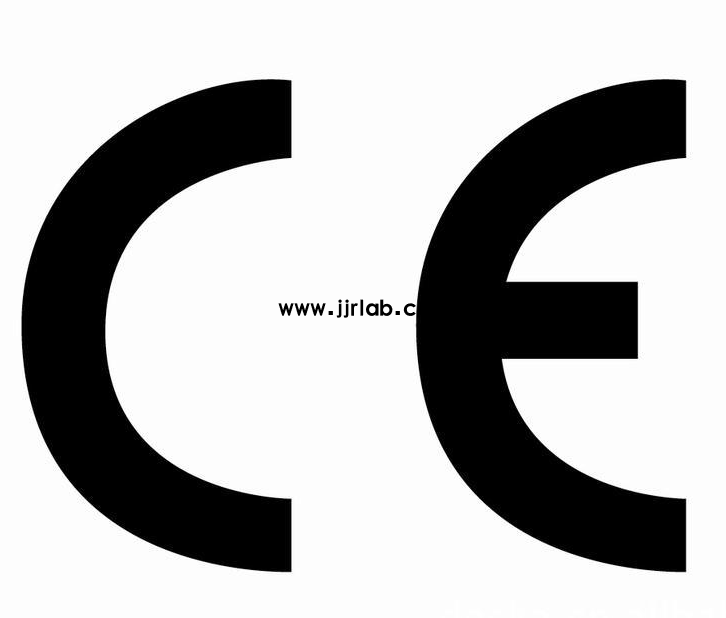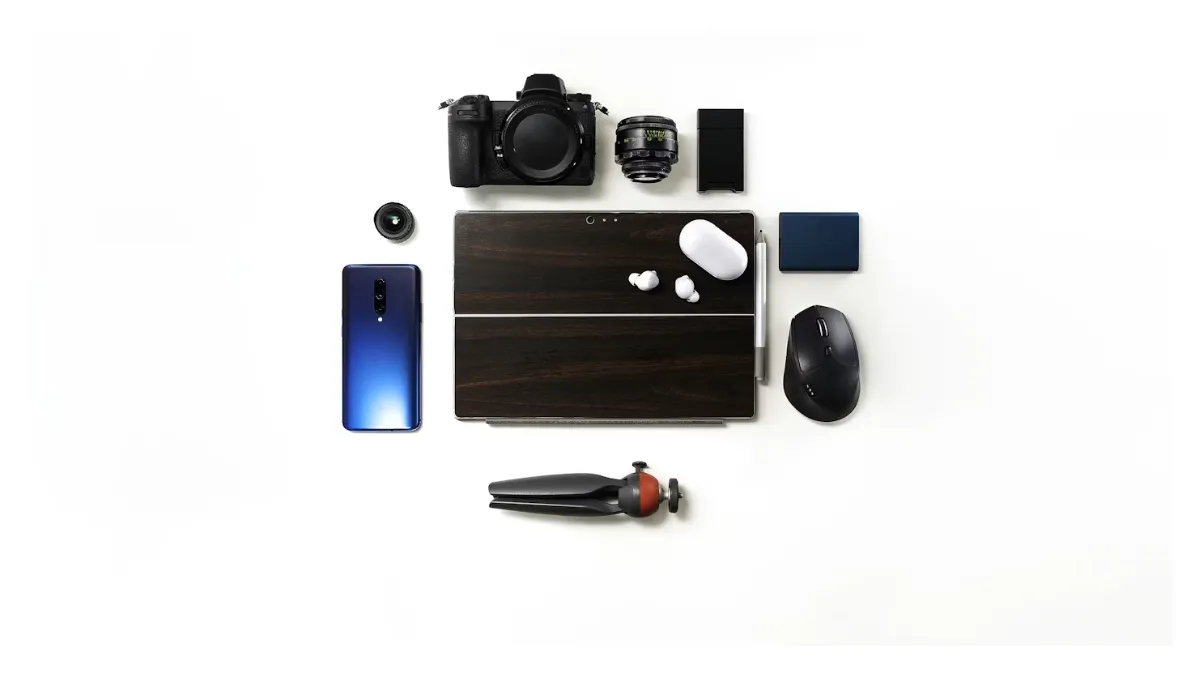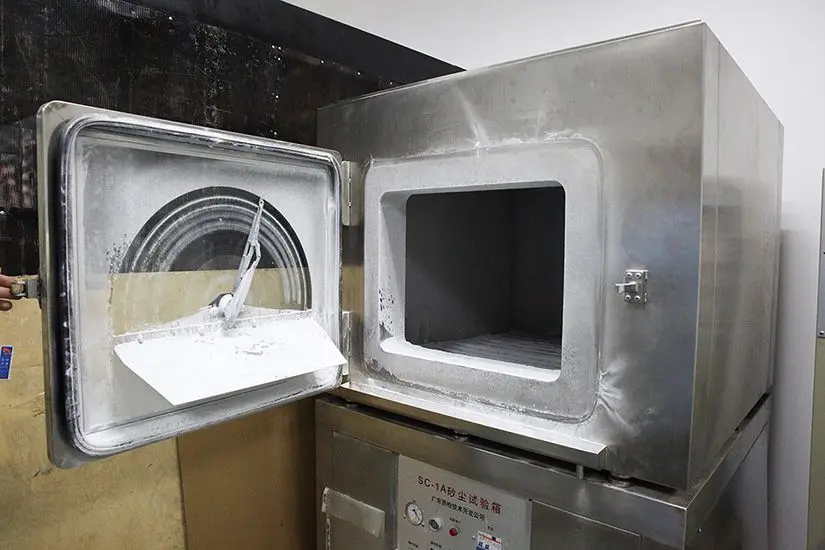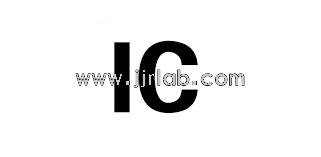
CPSIA Compliance Guide for Children's Products (2025)
The Consumer Product Safety Improvement Act (cpsia) applies to all children’s products (for children 12 and under) that are manufactuRED, imported, or sold in the United States. This guide outlines key CPSIA requirements for manufacturers and importers, including product scope, safety standards, certification, labeling, and compliance assessment.
1. What Is CPSIA?
Enacted in 2008, CPSIA enhances product safety—especially for children’s items. It amends parts of the Consumer Product Safety Act (CPSA) and empowers the U.S. Consumer Product Safety Commission (CPSC) to issue relevant regULations.
CPSIA has two major sections:
Part 1:Safety standards for children’s products
Part 2:CPSC enforcement and administrative powers
2. What Products Does CPSIA Cover?
CPSIA applies to children’s products such as:
a. Toys
b. Jewelry
c. Art supplies
d. Books
e. Furniture (e.g., infant bathtubs, bath seats)
A children’s product is defined as one primarily intended for use by children aged 12 or younger. Determinations are based on manufacturer statements, marketing, consumer perception, and official age grading guidelines.
3. cpsia compliance Requirements for Children's Products
1. Lead Content Limits (Section 101)
Children’s products must not exceed lead content limits. Some inaccessible parts or specific materials may be exempt.
2. Third-Party Testing (Section 102)
Products must be tested by CPSC-accredited labs. A Children’s Product Certificate (CPC)must be issued by the importer or manufacturer.
3. Tracking Labels (Section 103)
Products and packaging must include manufacturer information, batch/lot, production date, and location.
4. Durable Infant and Toddler Products (Section 104)
Items like cribs and walkers must meet additional safety standards and include a consumer registration card.
5. Advertising Label Requirements (Section 105)
If the product requires warnings, they must be visible in advertisements under the Federal Hazardous Substances Act (FHSA).
6. ASTM F963 Toy Standard (Section 106)
This toy safety standard is mandatory for applicable products.
7. Small Parts & Hazardous Components (16 CFR Part 1501)
Prevents choking hazards for children under 3 by restricting small parts.
4. Exemptions & Special Cases
Small Batch Manufacturers (SBM):May apply for testing exemptions but must still issue a CPC.
Engineered Wood Products (EWP):May be exempt if specific criteria are met (e.g., formaldehyde-free MDF or particleboard).
Not all children’s products require astm f963 testing—this depends on product use and materials.
5. Roles & Responsibilities Under CPSIA
Importers
Treated as manufacturers and must handle testing, CPCs, and tracking labels.
Private Labelers
Must ensure full compliance for all branded products.
U.S. Manufacturers
Subject to the same requirements for testing, labeling, and certification.
Distributors
Do not need to test or label products but must verify the compliance of supplied products.
6. How to Determine CPSIA Compliance
a. Request the Children’s Product Certificate (CPC)
b. Check for tracking labelson the product and packaging
c. Confirm the lab is CPSC-accredited
d. Ensure a registration cardis included (for applicable durable goods)
7. Lab Testing & Children’s Product Certificate (CPC)
Testing Types:
a. Initial certification testing
b. Re-testing after material changes
c. Periodic re-testing
CPC Must:
a. Be based on third-party test results
b. Be issued by the manufacturer or importer(not the lab)
8. CPSIA-Restricted CheMICals & Heavy Metals
Phthalates Restriction (Section 108)
Maximum concentration of 0.1% allowed in toys and childcare articles. Banned substances include:
DEHP, DBP, BBP
DINP, DIBP, DPENP, DHEXP, DCHP
Lead in Paint & Surface Coatings
Lead limit: 100 ppm. Stricter limits apply to paint and coatings.
9. Signs a Product May Violate CPSIA
a. No CPC or third-party test reports
b. Missing tracking labels
c. Unsafe design (e.g., small parts, phthalates, flammability)
d. Testing performed by non-accredited labs
10. Consequences of Non-Compliance
Selling non-compliant products may result in:
a. Product recalls
b. Large fines
c. Civil or criminal penalties
d. Brand reputation damage
11. Cost Factors of CPSIA Compliance
Compliance costs vary based on:
a. Product complexity and category
b. Number and type of required tests
c. Use of consultants
d. Frequency of material or supplier changes
JJR Lab in Chinaprovides cpsia compliance testing services—at up to 40% cost savingscompared to other labs.
Email:hello@jjrlab.com
Write your message here and send it to us
 Amazon ISO/IEC 17025 UL Testing Service Laboratory
Amazon ISO/IEC 17025 UL Testing Service Laboratory
 How to get CE Certification for Lighting Products?
How to get CE Certification for Lighting Products?
 CE Certification Standards & Process for Elect
CE Certification Standards & Process for Elect
 Japan METI Registration & Japanese Agent Servi
Japan METI Registration & Japanese Agent Servi
 Temperature Shock Test (IEC 60068-2-14:2009)
Temperature Shock Test (IEC 60068-2-14:2009)
 Electromagnetic Compatibility (EMC) Testing Servic
Electromagnetic Compatibility (EMC) Testing Servic
 Canada ISED Certification (IC Certification) Analy
Canada ISED Certification (IC Certification) Analy
 CSA C22.2 No.42 Compliance Test Report for Amazon
CSA C22.2 No.42 Compliance Test Report for Amazon
Leave us a message
24-hour online customer service at any time to respond, so that you worry!




